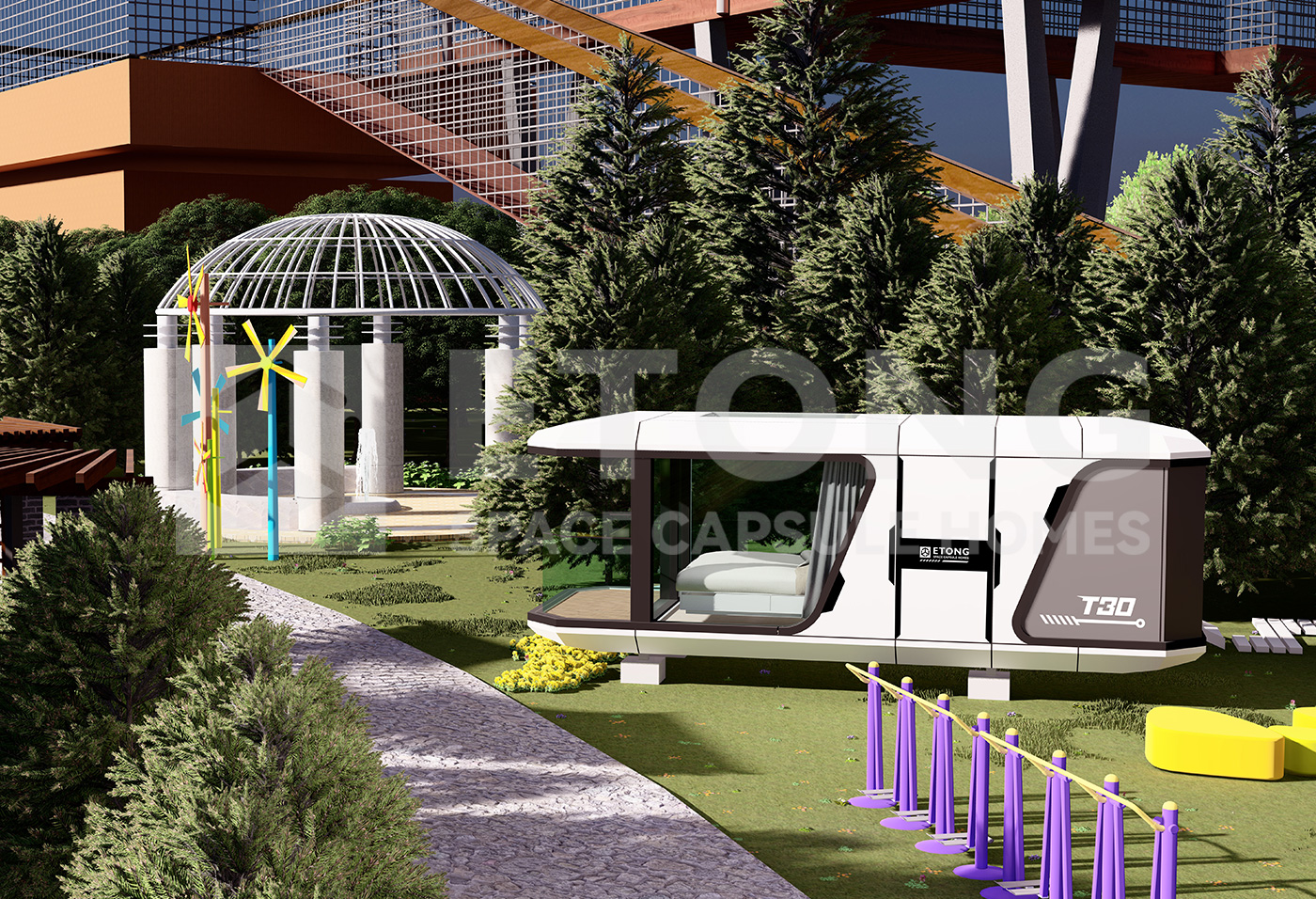Why Modular Residences Are the Future of Sustainable Living
Modular homes are significantly identified as a critical option for lasting living, supplying a mix of effectiveness, cost-effectiveness, and environmental benefits. The versatility of modular styles permits for the integration of sustainable technologies and products tailored to private requirements.
Ecological Benefits of Modular Residences
The environmental advantages of modular homes represent a significant action towards lasting living. These homes are built in controlled manufacturing facility setups, which dramatically reduces waste produced during the building procedure. By maximizing materials and decreasing excess, modular construction contributes to a more efficient use of sources compared to conventional building techniques.
In addition, modular homes are often designed with power efficiency in mind. Several integrate sophisticated insulation techniques, energy-efficient windows, and lasting products, adding to lower energy consumption. This can lead to minimized greenhouse gas emissions over the lifespan of the home, enhancing its general environmental account.
The capability to transport and put together modular elements on-site also lowers the carbon impact connected with construction logistics. In addition, lots of modular homes are developed to be easily upgradeable and versatile, allowing home owners to execute sustainable technologies, such as photovoltaic panels and energy-efficient furnace, with time.
Ultimately, the environmental advantages of modular homes not just promote sustainable living but likewise motivate an even more responsible method to housing advancement, lining up with international initiatives to fight environment adjustment and preserve all-natural sources for future generations.
Cost-Effectiveness and Affordability
Building a home typically stands for among the biggest economic investments people make in their lifetime, and modular homes use an engaging option for those seeking cost-effectiveness and cost. One of the primary advantages of modular homes is their reduced building expenses contrasted to typical site-built homes. The streamlined manufacturing process enables considerable cost savings on labor and products, which equates to reduce costs for consumers.
Additionally, modular homes usually have much shorter building timelines. This not only lowers expenditures connected to funding and insurance policy but also mitigates the risks linked with rising cost of living and rising and fall market problems. Lots of purchasers discover that modular homes can be tailored to fit their budgets without sacrificing top quality or layout.
Additionally, energy effectiveness is frequently built right into the design of modular homes, leading to decreased utility costs gradually. Lots of manufacturers focus on sustainable materials and methods, additionally boosting the long-lasting financial viability of these homes. On the whole, the mix of initial price savings, quick building and construction, and ongoing energy performance makes modular homes an appealing option for those looking to buy lasting living without breaking the financial institution.
Effectiveness in Building
Modular homes not only offer monetary advantages however likewise stand out in construction effectiveness. The modular building procedure entails the synchronised building of components in a factory setup while site prep work happens simultaneously. This parallel technique dramatically minimizes the general timeline from fertilization to completion, frequently reducing construction time by approximately half compared to standard approaches.
Moreover, factory-controlled settings enhance quality control. By using precision production strategies, modular homes are built to precise requirements, lessening waste and mistakes. This consistency not only causes a better product however additionally adds to sustainable practices by minimizing product waste throughout construction.
Furthermore, making use of contemporary innovation and automation in the production procedure enables quicker assembly and lowered labor prices. Once the modules are delivered to the site, they can be efficiently set up, even more accelerating the timeline. This streamlined process is not only useful for home builders yet additionally reduces disturbances to the surrounding setting during building and construction.
Modification and Layout Versatility
A remarkable variety of modification choices differentiates modular homes, enabling home owners to customize their home to fulfill specific demands and choices. This style adaptability is a characteristic of modular building, allowing customers to choose everything from floor strategies and area layouts to finishes and components. Unlike conventional homes, modular designs facilitate a collaborative method where building contractors and engineers function very closely with property owners, ensuring that each element lines up with specific lifestyles and aesthetic desires.
Additionally, modular homes can be conveniently reconfigured or expanded, fitting transforming household characteristics or advancing personal preferences. This flexibility not only improves the home's capability but additionally adds to long-lasting sustainability, as house owners can modify their areas as opposed click reference to look for brand-new housing services.

Future Patterns in Lasting Real Estate
Arising patterns in sustainable real estate are improving the landscape of domestic building and construction, highlighting environmentally friendly methods and cutting-edge modern technologies. One substantial trend is the integration of wise home modern technology, which improves power effectiveness through automated systems that monitor and enhance energy intake. This not only minimizes utility prices however also contributes to a reduced carbon footprint.
Furthermore, the use of sustainable products is becoming increasingly usual. Building contractors are choosing recycled, locally sourced, or rapidly renewable products, which minimize environmental influence and support neighborhood economic situations. Modular homes are gaining appeal for their minimized waste throughout building and construction and their flexibility to different terrains and environments.
An additional fad is the incorporation of environment-friendly roof coverings and living walls, which improve air high quality and supply natural insulation. These functions additionally promote biodiversity in urban areas.
Conclusion
Finally, modular homes arise as a pivotal remedy for lasting living, supplying significant ecological benefits through decreased waste and power performance. Their cost-effectiveness and affordability address the expanding real estate needs in urban areas, while efficient construction procedures enhance total productivity. The intrinsic personalization and design versatility deal with varied choices and requirements. As fads in lasting real estate advance, modular homes are positioned to play a vital function in advertising eco-friendly living techniques for future generations.
Building a home commonly represents one of the largest economic investments people make in their life time, and modular homes use an engaging remedy for site here those seeking cost-effectiveness and affordability. One of the primary benefits of modular homes is their lower building and construction expenses compared to conventional site-built homes. Generally, the combination of preliminary expense savings, quick construction, and ongoing energy performance makes modular homes an appealing option for those looking to invest in lasting living without damaging the bank.
Inevitably, the modification and style versatility offered by modular homes make certain that they are not just structures, but personalized shelters that show the unique identities of their owners while advertising sustainable living techniques.

Comments on “Affordable and Eco-Friendly Living with Capsule Houses: A Modern Approach”